
The Bermuda Triangle, also known as the Devil's Triangle, is an urban legend focused on a loosely defined region in the western part of the North Atlantic Ocean where a number of aircraft and ships are said to have disappeared under mysterious circumstances. The idea of the area as uniquely prone to disappearances arose in the mid-20th century, but most reputable sources dismiss the idea that there is any mystery.
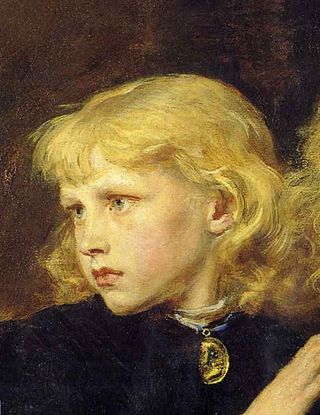
Richard of Shrewsbury, Duke of York, was the sixth child and second son of King Edward IV of England and Elizabeth Woodville, born in Shrewsbury. Richard and his older brother, who briefly reigned as King Edward V of England, mysteriously disappeared shortly after their uncle Richard III became king in 1483.
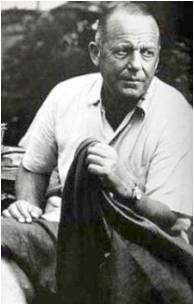
James Harrison Wilson Thompson was an American businessman who helped revitalize the Thai silk industry in the 1950s and 1960s. At the time of his disappearance he was one of the most famous Americans living in Asia. Time magazine claimed he "almost singlehanded(ly) saved Thailand's vital silk industry from extinction".
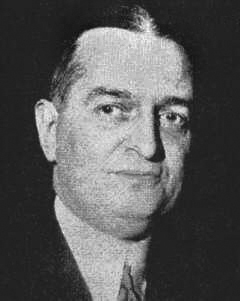
Joseph Force Crater was an American lawyer who served as a New York State Supreme Court Justice and mysteriously vanished shortly after the state began an investigation into corruption in New York City. Despite massive publicity, the missing persons case was never solved and was officially closed forty years after Crater was declared dead.

The Cameron Highlands is a district in Pahang, Malaysia, occupying an area of 712.18 square kilometres (274.97 sq mi). To the north, its boundary touches that of Kelantan; to the west, it shares part of its border with Perak. Situated at the northwestern tip of Pahang, Cameron Highlands is approximately 90 kilometres (56 mi) east from Ipoh, roughly 200 kilometres (120 mi) north from Kuala Lumpur or about 355 kilometres (221 mi) from Kuantan, the capital of Pahang. It is the smallest municipality in the state.

Fraser's Hill is a hill resort located on the Titiwangsa Ridge in Raub District, Pahang, Malaysia. It is about 100 km (62 mi) north of Kuala Lumpur. In 1890, Louis James Fraser established the area as a tin mining community known as Pamah Lebar when he discovered rich tin deposits and opened a tin mining facility. Mining activity there was short-lived, as the tin ore was depleted in 1913. This led many miners and farmers to abandon the area. Fraser reportedly disappeared in 1910, but research in 2019 concluded that he retired from his position and returned to Great Britain in 1910. He died in 1916 while travelling in Austria-Hungary.

The National Museum is in Jalan Damansara, in Kuala Lumpur, Malaysia. The museum is close to Perdana Lake Gardens and it provides an overview of Malaysian history and culture. Its façade comprises elements from both traditional Malay and modern features. It was inaugurated on 31 August 1963, and it serves as a repository of Malaysia's cultural and historical heritage.
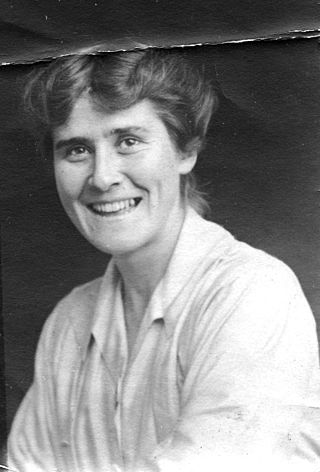
Anne Laugharne Phillips Griffith-Jones OBE was a British educationalist who founded Singapore's Tanglin Preparatory School, which is now known as the Tanglin Trust School.

An armchair detective is a fictional investigator who does not personally visit a crime scene or interview witnesses; instead, the detective either reads the story of the crime in a newspaper or has it recounted by another person. As the armchair detective never sees any of the investigation, the reader can attempt to solve the mystery on the same terms as the detective.

Maura Murray is an American woman who disappeared on the evening of February 9, 2004, after a car crash on Route 112 near Woodsville, New Hampshire, a village in the town of Haverhill. Her whereabouts remain unknown. Murray was a 21-year-old nursing student completing her junior year at the University of Massachusetts Amherst at the time of her disappearance.

The Jim Thompson House is a museum in central Bangkok, Thailand, housing the art collection of American businessman and architect James Harrison Wilson Thompson or simply Jim Thompson, the museum designer and former owner. Built in 1959, the museum spans one rectangular rai of land.
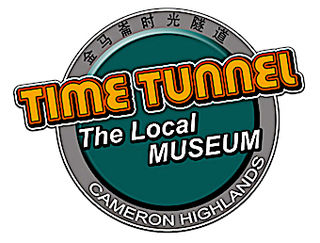
The Time Tunnel is Malaysia's first memorabilia museum. Located in Brinchang, it is one of the main attractions of the Cameron Highlands.

Malaysia Airlines Flight 370 (MH370/MAS370) was an international passenger flight operated by Malaysia Airlines that disappeared from radar on 8 March 2014, while flying from Kuala Lumpur International Airport in Malaysia to its planned destination, Beijing Capital International Airport in China. It has not been determined what caused its disappearance.

Wanda Jean Mays was an American woman who disappeared on Georgia Mountain near Guntersville, Alabama in 1986. She was reported missing by her aunt and uncle in the early morning hours of May 12, when they found the guest room in which she was staying empty, its window apparently broken from inside. Mays' bloodied nightgown was found behind the family's home on Guntersville Lake, as was an empty canoe, also covered with blood, floating in the lake.
This is a list of landmark buildings in the Cameron Highlands, a hillside station in Malaysia. During the colonial era, the Cameron Highlands was a haven for those who were homesick. At present, it is a stopover for those who want to escape from the heat of the lowlands. Over the years, there have been many improvements at the province. Here are some landmarks that have withstood the test of time.

Ban Khrua is a historic community neighborhood along Bangkok's Khlong Saen Saep from Saphan Hua Chang to Wat Phrayayang. It includes an area of about 14 rai on both banks of the canal. It's divided into three parts: Ban Khrua Nuea ; Ban Khrua Tai in Ratchathewi District; and Ban Khrua Tawan Tok in Pathum Wan District. The main artery is Ban Khrua Nuea in Soi Kasem San 3, Rama I Road, the boundary between Ratchathewi and Pathum Wan Districts.

Maxine Woodfield North was an American businesswoman who lived and worked in Thailand. She arrived in the country in 1950 with her husband Robert G. North, a screenwriter and reported CIA agent. Noted most for introducing bottled water to Thailand with her Polaris brand, her other businesses included carbon dioxide producer Pure Gas, consultant firm Rak, Fairbarns and North, and Thai Celadon, a company that helped revive and popularize celadon ceramics in Chiang Mai.


















